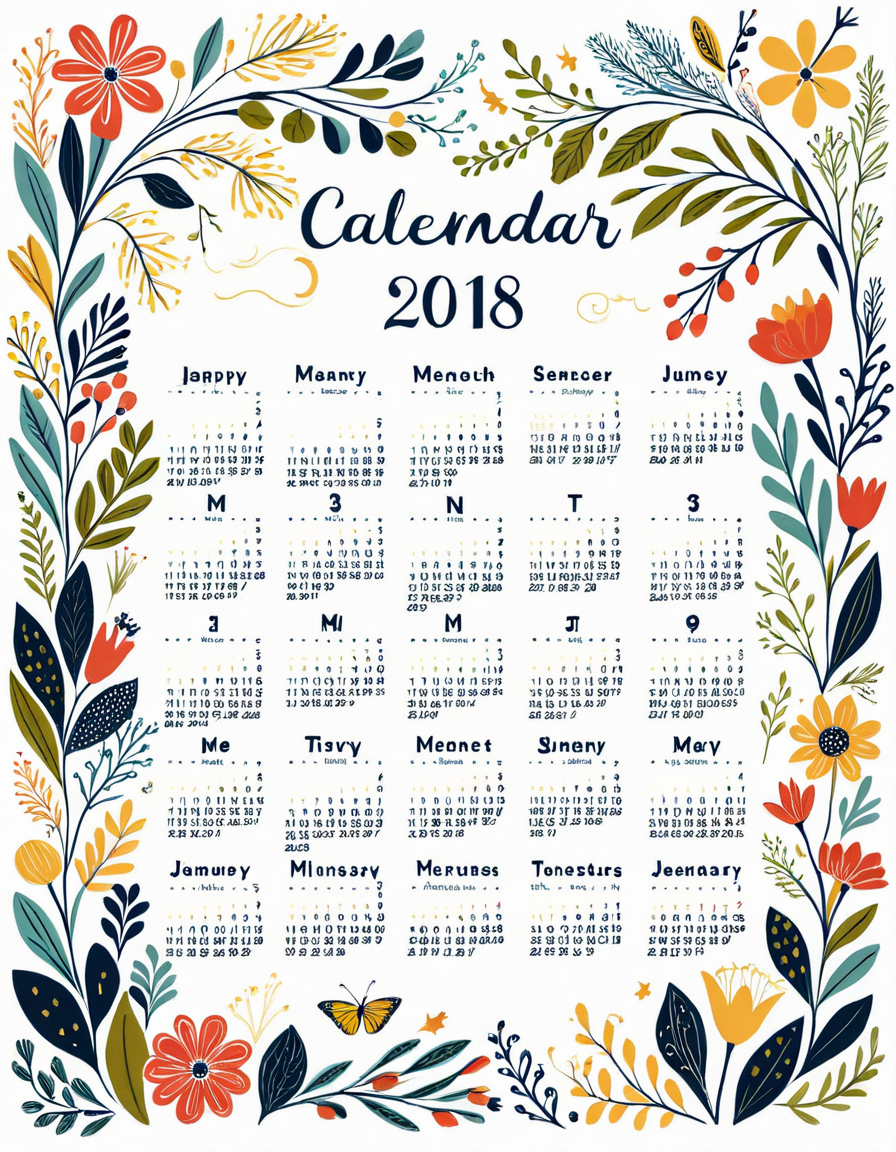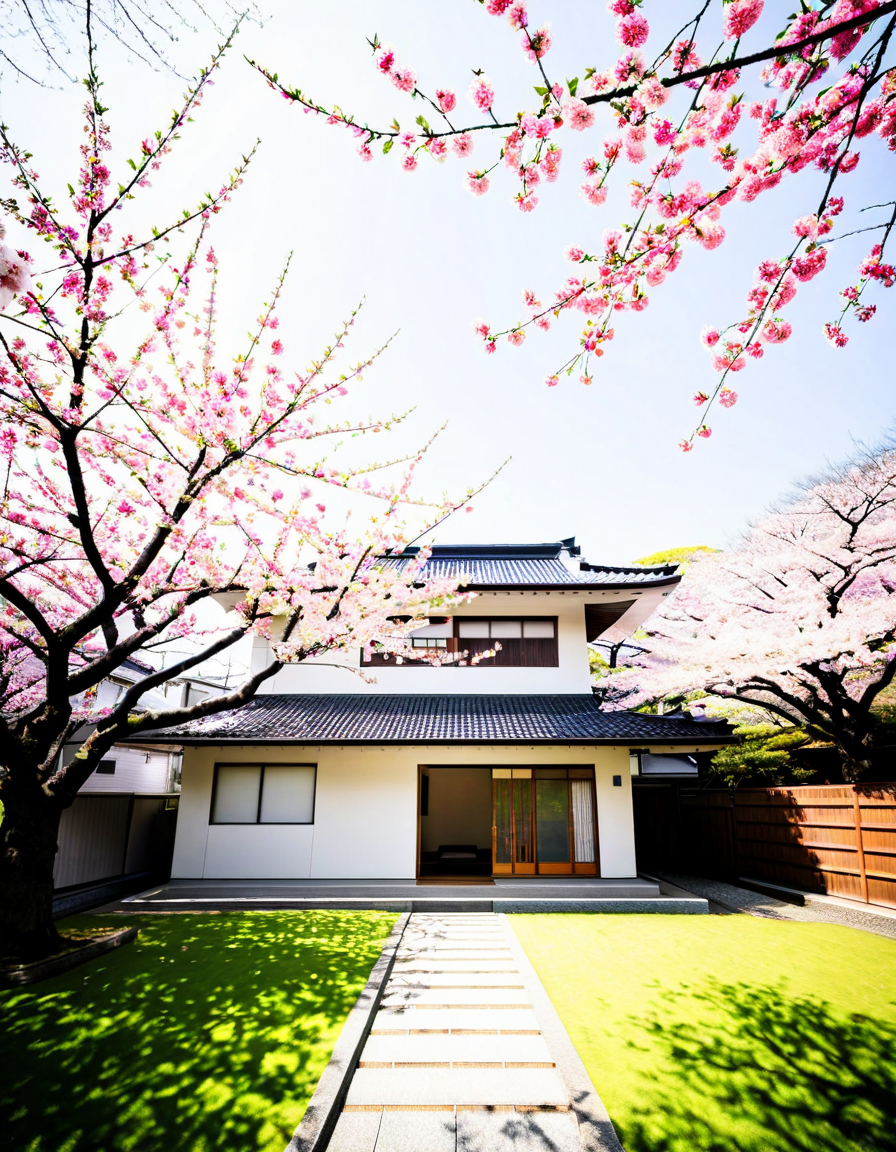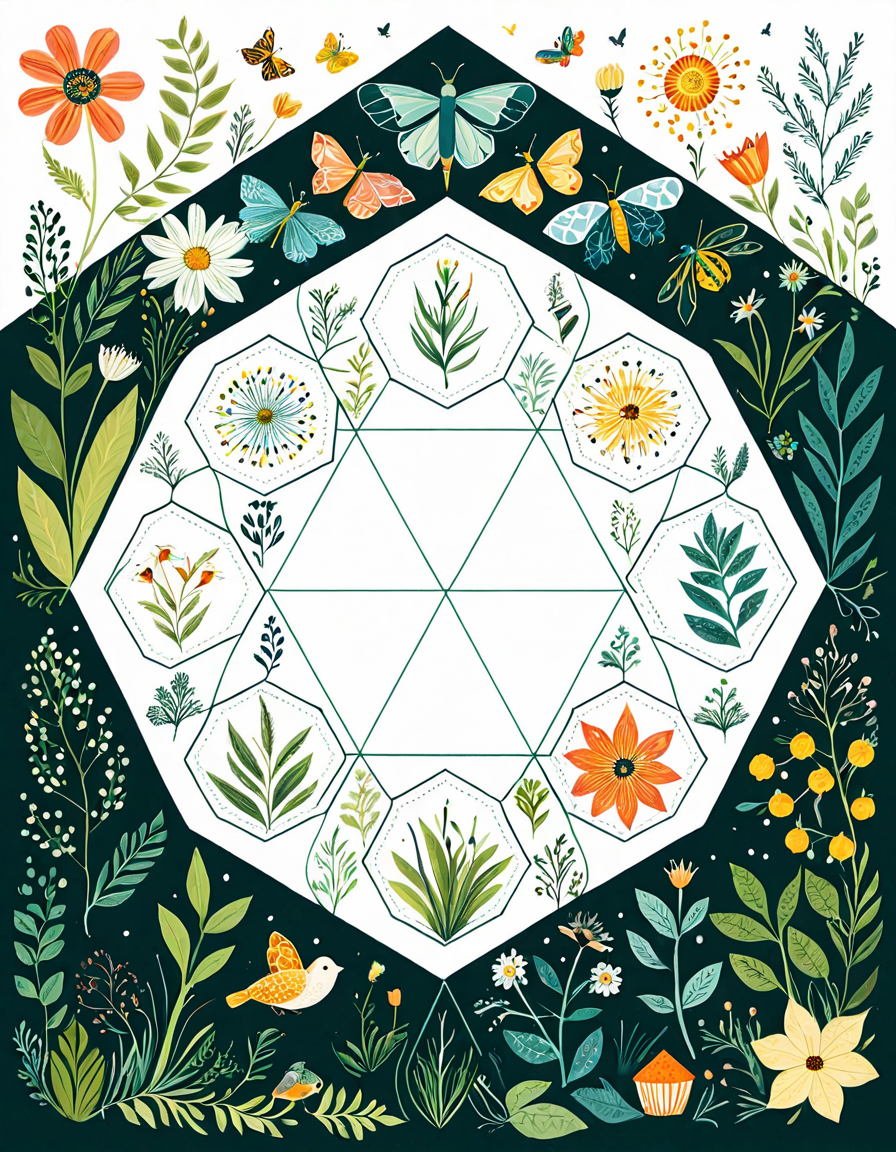When diving into geometric shapes, the question of “how many sides does a hexagon have?” springs to mind, and the answer is both simple and profound—it has exactly six sides. This fascinating polygon is not just a theoretical construct; it’s deeply embedded in our world, both in nature and design. Hexagons boast mesmerizing properties: their uniform sides and angles offer unending possibilities for practicality and beauty. From the mesmerizing honeycombs designed by bees to stylish patterns in modern architecture, the versatility of the hexagon showcases its significance in a myriad of contexts.
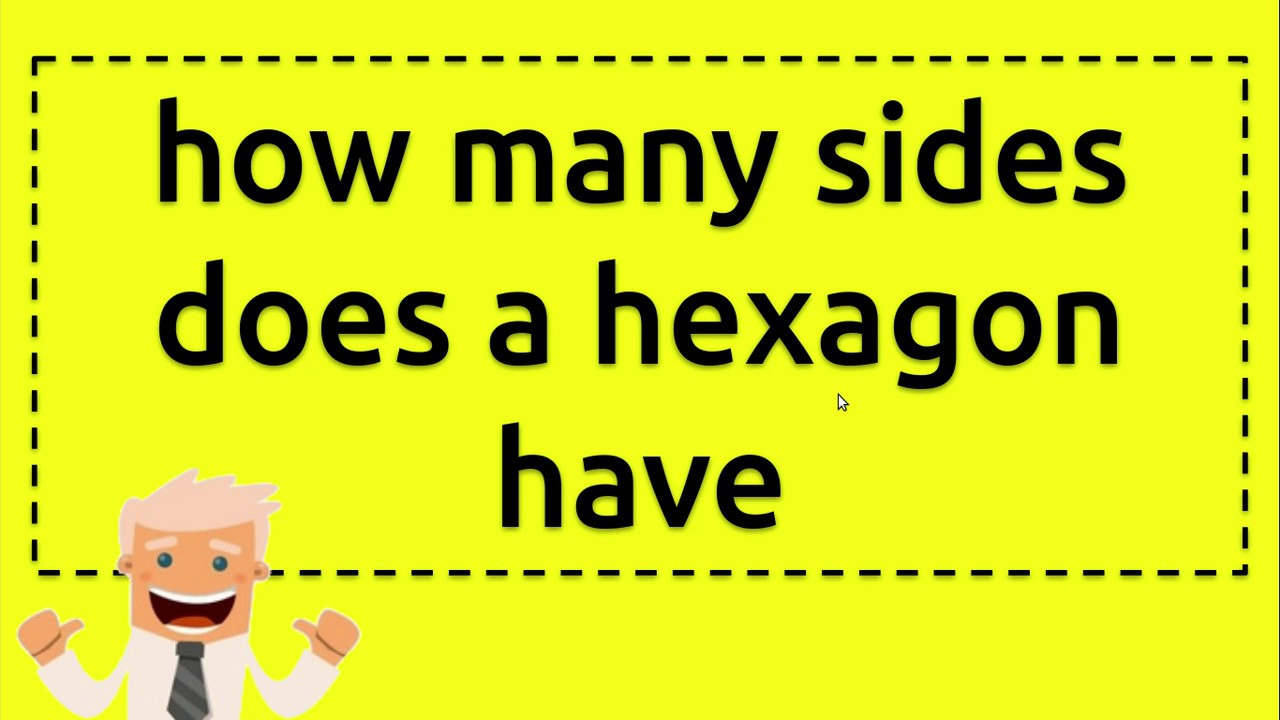
7 Mind-Blowing Facts about Hexagons
1. Nature’s Choice
Hexagons are often found in nature, most famously in honeycomb structures built by bees. Did you know that the hexagonal shape maximizes honey storage while minimizing the amount of wax needed? This incredible efficiency is a testament to nature’s design prowess. Talk about a sweet deal!
2. Tessellation Majesty
The ability to tile the plane without leaving any gaps makes hexagons a favorite in design and architecture. Think about Frank Lloyd Wright, who cleverly incorporated hexagonal patterns into masterpieces such as the Unity Temple. The elegance of these shapes exemplifies how geometry can be both functional and aesthetically pleasing.
3. Mathematical Properties
Hexagons are mathematically intriguing. A regular hexagon can be divided into six equilateral triangles, which becomes quite handy when calculating areas or analyzing symmetry. These properties lend themselves well to various practical and theoretical applications in the fields of mathematics and engineering.
4. Efficient Packing
In chemistry, hexagonal packing is seen in carbon atoms within benzene molecules. This arrangement highlights how hexagon shapes achieve stability and efficiency at a molecular level. Who knew that nature’s chemistry could be so organized and efficient?
5. Art and Aesthetics
Hexagons have influenced art, particularly in the works of renowned artist M.C. Escher. His use of hexagonal tiling is a brilliant demonstration of the connection between mathematics and art. The way these shapes intertwine creates breathtaking visuals that challenge our perception.
6. Structural Strength
Engineers appreciate hexagonal shapes in various infrastructures for their ability to evenly distribute forces, thereby enhancing strength. Graphene, a remarkable material composed of a single layer of carbon atoms arranged in a hexagonal lattice, exemplifies this. It offers incredible durability while remaining remarkably lightweight!
7. Variations Across Dimensions
Hexagons don’t limit themselves to two dimensions; they can also appear in three dimensions as hexagonal prisms. This geometric understanding is essential across disciplines, from architecture to computer graphics. Three-dimensional hexagons pave the way for exciting innovations in design and technology.
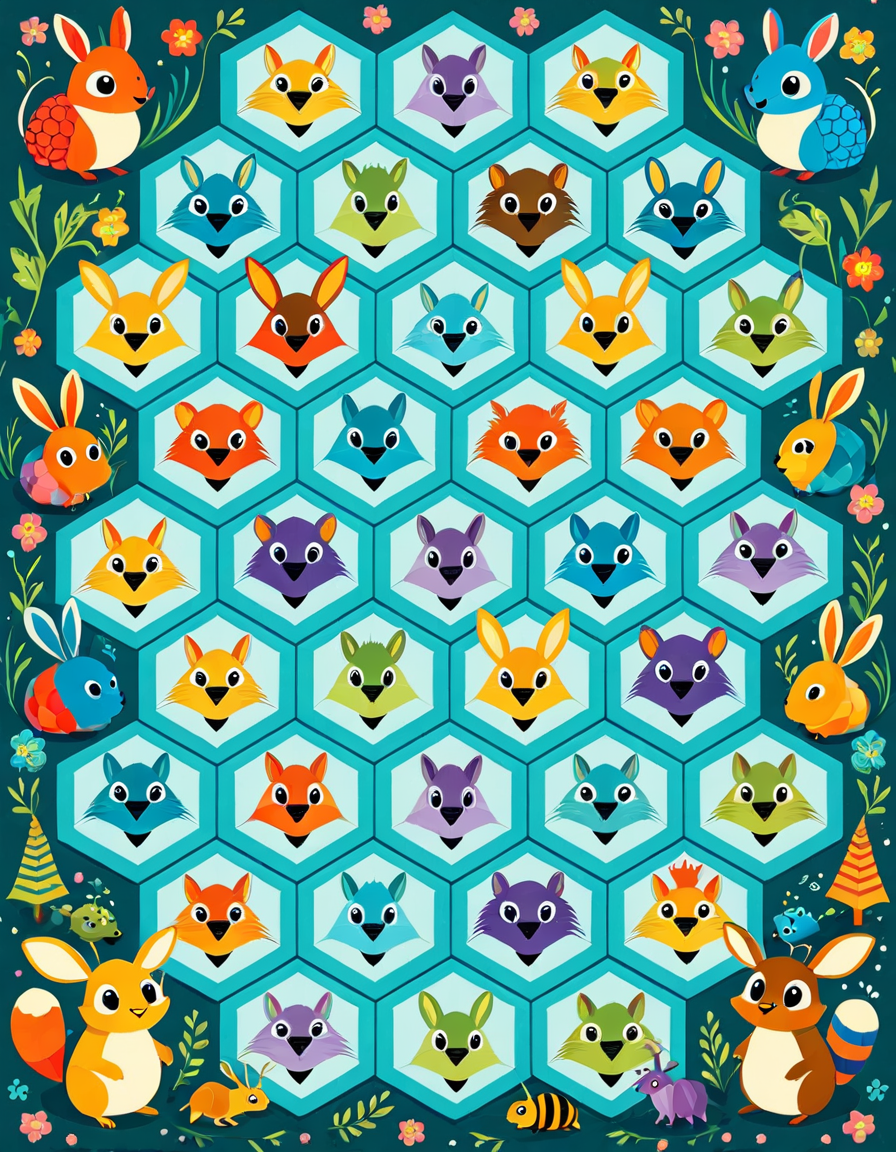
Comparing Geometry: How Many Sides Does A Hexagon Have Compared to Other Shapes?
When we explore different geometric shapes, the variety becomes clear. Each shape has distinct characteristics that make them special.
Sides and Angles
Applications of Hexagons in Real Life
Knowing how many sides a hexagon has opens doors to innovative applications. Mechanical engineers favor hexagonal bolts over rectangular ones for their superior torque and strength due to their ability to evenly distribute load. This practical approach enhances the durability of structures and machines alike.

Beyond Shapes: Analyzing How Many Gigs in a Terabyte and How Many Hours Are in a Week
Diving deeper into quantitative measurements, let’s explore how geometric concepts connect to data calculations and time management.
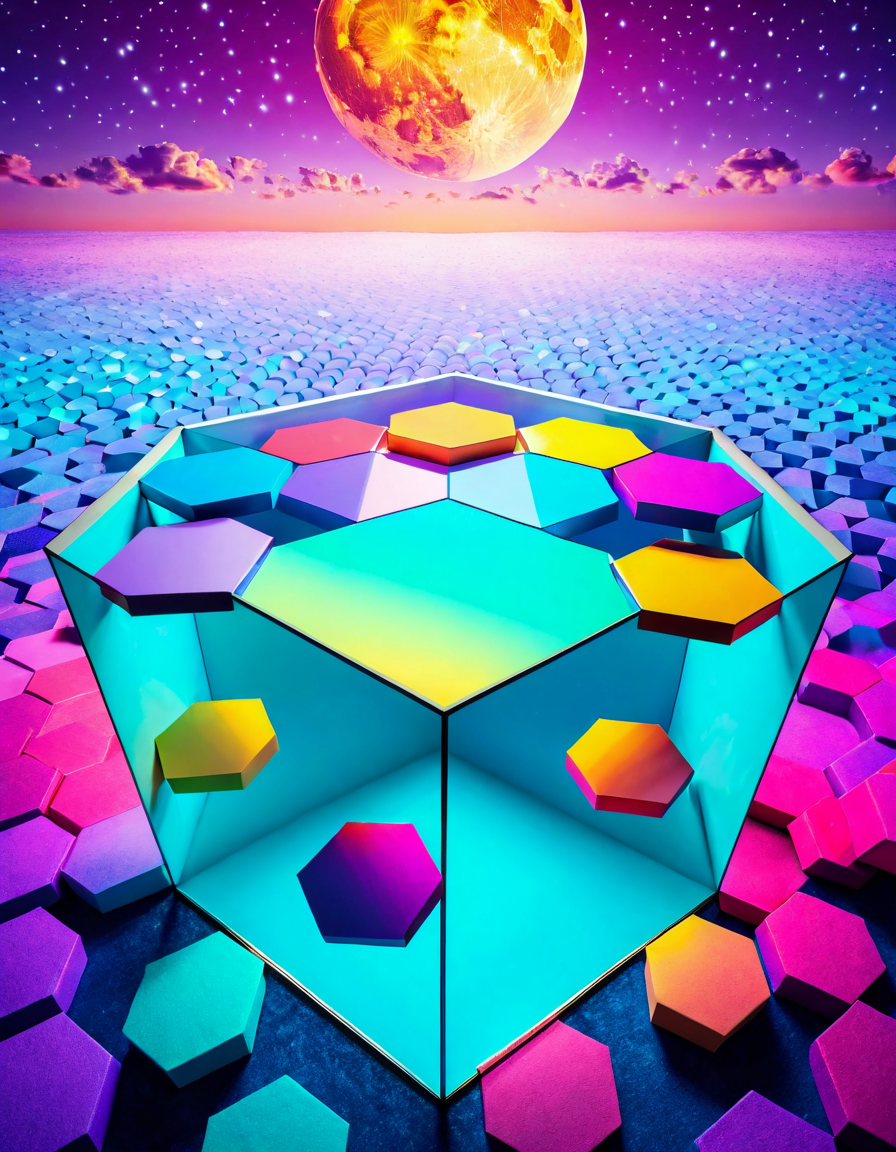
The Intersection of Geometry, Nature, and Technology
As we examine the vast roles hexagons play, we reveal a symbiosis between nature, math, and technology. Hexagons signify not just a fundamental geometric form but also principles applied in various fields. Architectures, like those found in Chicago loop Hotels, often embrace hexagonal designs for their aesthetic and structural advantages.
Understanding these shapes points us toward a greater design ethos—maximizing utility while embracing elegance. Each facet, from nature’s perfect honeycombs to the efficiency in modern technology—like the popularity of baby shark Toys and how they leverage design for appeal—shows how hexagons teach us the importance of balance and efficiency we strive to achieve in our projects and environments.
By exploring “how many sides does a hexagon have” and grasping its broader implications, we can appreciate how geometry shapes our world and influences innovation across disciplines. Every angle and edge reflects a deeper understanding of our universe, steadily inspiring us to create and innovate!
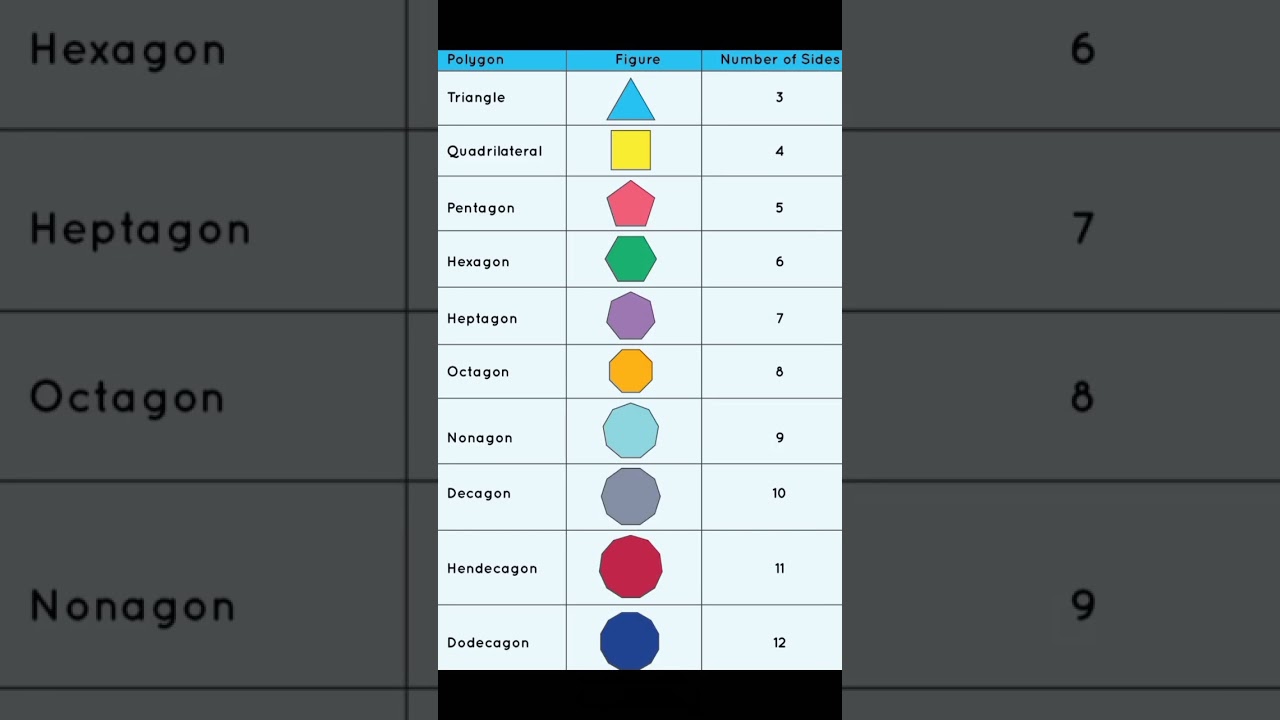
How Many Sides Does a Hexagon Have in Stunning Detail
Hexagons are fascinating shapes, and you’d be surprised to learn just how many interesting tidbits revolve around them. First things first: how many sides does a hexagon have? That’s right—six sides! It’s a fact as solid as the walls of a castle in Game of Thrones. Speaking of castles, this six-sided wonder appears in nature, architecture, and even pop culture. For instance, the honeycomb, created by bees, is a stunning demonstration of hexagonal efficiency. Bees know a thing or two about geometry, as they use hexagons to create the strongest possible structure!
Now, let’s dive into some trivia that connects hexagons to familiar faces and facts. Have you ever watched a performance by Gary Burghoff? He starred as Radar in MASH*, but did you know that hexagonal patterns often make stylish appearances in fashion items, much like those you’d find in Victoria Secret lingerie? It’s a lovely reminder of how these shapes creep into our daily lives, whether we’re thinking about architecture or shopping for something chic. Not to mention, hexagons help us understand the dimensions of space, just as you’d need to know How many Seconds are in a month to plan that perfect vacation!
To wrap it all up, hexagons have this quirky knack for showing up seemingly everywhere. For example, think about those cozy black Ugg Slippers. Picture the chic hexagonal patterns often used in magazine layouts, or even in gaming worlds like in Castlevania Nocturne season 2. Hexagons ease the visual load while keeping things interesting. So next time you’re counting the sides of a hexagon, remember its six sides aren’t just numbers—they’re a gateway into a universe brimming with surprises!

